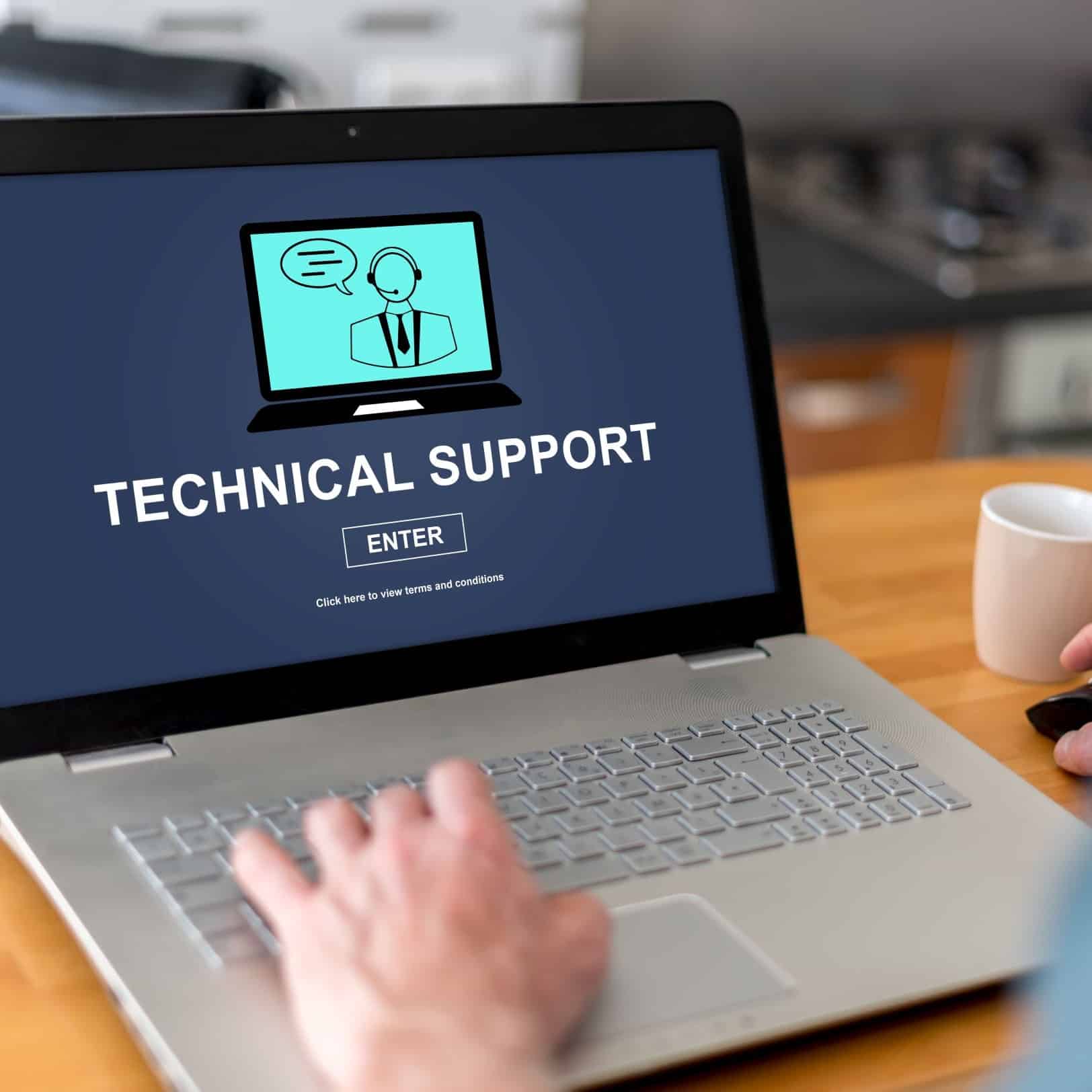
6 Steps to Writing the Perfect Support Ticket
June 11, 2025In today’s commercial landscape, the customer always comes first. They expect their queries to be resolved efficiently and promptly. However, when an issue arises, it’s not always easy to get it fixed in record time – that’s where support tickets come in.
Creating a support ticket is the easiest way to escalate a query to your tech team, but how you write a support ticket can be crucial. Not enough detail and your engineers won’t have a clue what they’re meant to do. Too much information and you could make matters worse by confusing your team and diverting their attention to an unrelated issue.
In essence, the way you convey the issue will set the tone for the resolution. If you want to learn how to write a support ticket, here are 6 steps you should follow.
1. Choosing the right subject line
First things first, you’ve got to pick the right subject line. By choosing the right keywords for your IT support ticket, you ensure it reaches its intended audience. Picking the wrong category could result in slower response times and frustration. Give your employees a few examples of issues and their expected categorisation to eliminate potential doubts. For example, rather than labelling a support ticket as an “urgent error” you can write “urgent: app crashes on login”.
2. Clear and concise description, proofread and tweak
Create a description that is clear, concise, and leaves no room for guesswork. Describe the problem from the end user’s perspective and the steps you took to diagnose the issue. Avoid using overly complicated jargon or abbreviations that could confuse the reader. Instead, use simple language and short sentences that specify the situation at hand. Creating a detailed yet direct description is one of the most fundamental steps in learning how to write a support ticket.
3. Additional supporting materials
Additional support materials, such as screenshots, time stamps, and exact error messages can help provide context. Support engineers don’t want to waste their time guessing what the issue could be; therefore, it’s important to illustrate the query with as many relevant support materials as you can find. Aside from providing additional data, you may also list the actions you’ve already tried, such as running a virus scan or restarting the web browser.
4. Summarise an expected outcome
Add a brief summary of the expected outcome towards the end of your IT support ticket to offer greater clarity on how the end user envisions the issue’s resolution. If applicable, consider implementing the steps you recommend for an accurate resolution process. Not only is this proactive, but it speeds along the process and ensures a more refined result. You can also add a realistic time frame in which the issue should be resolved to round things up.
5. Patience and respect
Showing patience and respect will cost you nothing and earn you everything. Don’t forget to treat your support techs with gratitude as it’s likely you’ll be working with them again in the future. Dealing with customer complaints can be extremely stressful; however, it’s important to remember you’re both on the same team. There’s no need to argue or shift blame, simply cultivate an environment that fosters openness and facilitates two-way communication.
6. Timely response to additional queries and providing feedback
During the resolution of the support ticket, you may find your customer has follow-up questions or additional queries. In this instance, it’s vital to demonstrate your attentiveness by responding to their concerns in a timely fashion. Once the customer issue is resolved, it’s important to collate feedback and liaise with your support engineer. By integrating feedback into the support ticket process, you can continuously improve your level of service and enhance customer satisfaction levels.
Still asking yourself, what should be included in the IT support ticket to make it perfect? Here’s a quick summary:
- Subject line: pick keywords that accurately summarise the issue at hand.
- Clear description: provide a detailed yet direct description of the problem.
- Attachments: include relevant files, screenshots, or attachments.
- Expected outcome: communicate the end user’s final expectations.
- Gratitude: don’t forget to show gratitude and practice patience.
- Follow-up or feedback: make a note of relevant follow-up queries or customer feedback.
Venom IT are a trusted and award-winning IT Support partner. Get in touch with our expert team today if you’re looking for new or alternative managed IT solutions.
Related News
5 min read


4 min read
5 min read